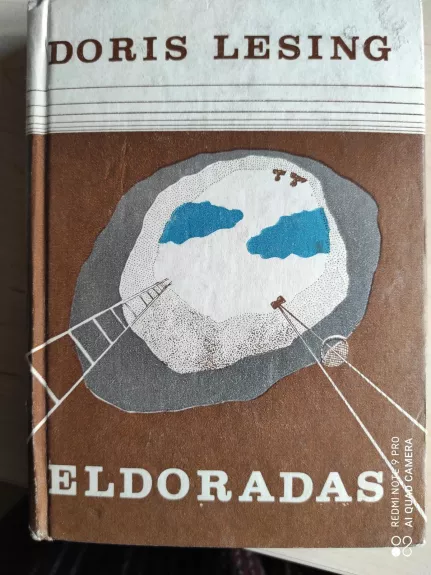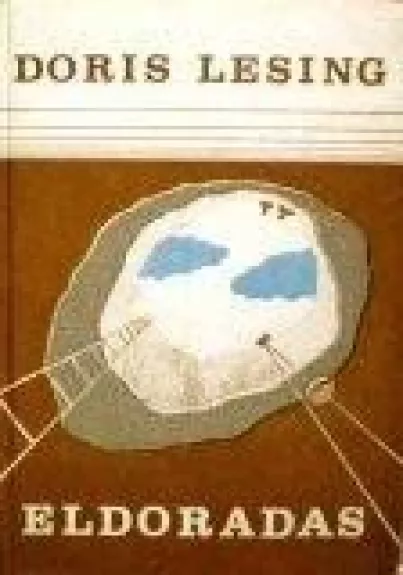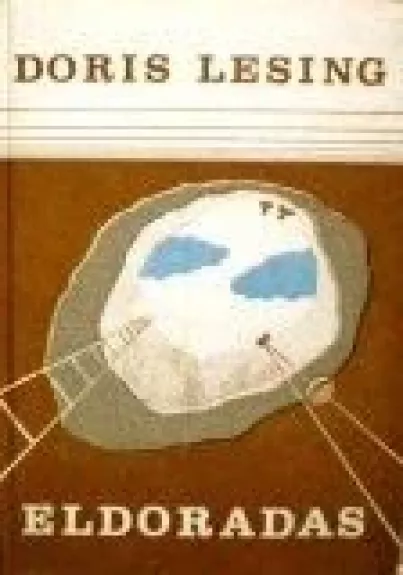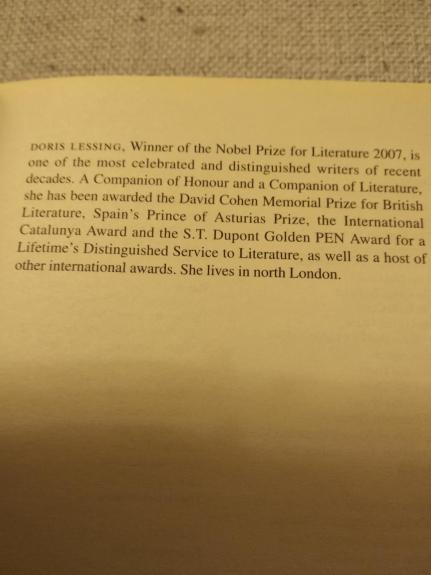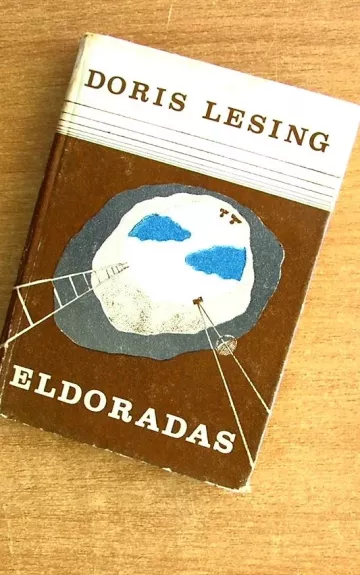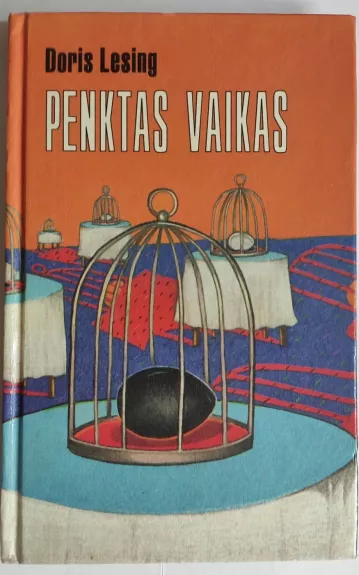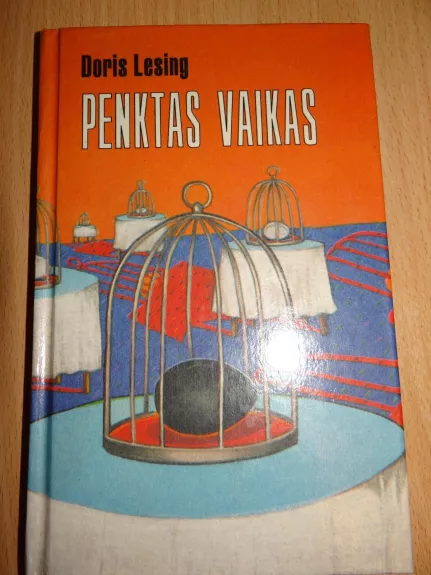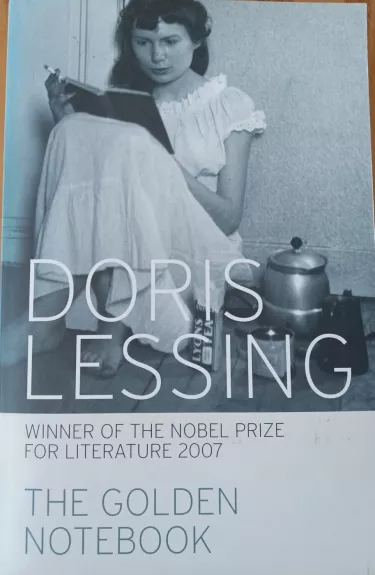
The Golden Notebook
Much to its author's chagrin, The Golden Notebook instantly became a staple of the feminist movement when it was published in 1962. Doris Lessing's novel deconstructs the life of Anna Wulf, a sometime-Communist and a deeply leftist writer living in postwar London with her small daughter. Anna is battling writer's block, and, it often seems, the damaging chaos of life itself. The elements that made the book remarkable when it first appeared--extremely candid sexual and psychological descriptions of its characters and a fractured, postmodern structure--are no longer shocking. Nevertheless, The Golden Notebook has retained a great deal of power, chiefly due to its often brutal honesty and the sheer variation and sweep of its prose.
This largely autobiographical work comprises Anna's four notebooks: "a black notebook which is to do with Anna Wulf the writer; a red notebook concerned with politics; a yellow notebook, in which I make stories out of my experience; and a blue notebook which tries to be a diary." In a brilliant act of verisimilitude, Lessing alternates between these notebooks instead of presenting each one whole, also weaving in a novel called Free Women, which views Anna's life from the omniscient narrator's point of view. As the novel draws to a close, Anna, in the midst of a breakdown, abandons her dependence on compartmentalization and writes the single golden notebook of the title.





